Campbell Soup Can Bag
1964
Acrylic and Silkscreen ink on paper
19 x 17 inches (48.3 x 43.2 cm)
Signed verso
This work is an original hand colored bag by Warhol it is stamped by the Estate of Andy Warhol and the Andy Warhol Foundation for the Visual Arts, Inc. and numbered on the reverse
Ex-collection:
The Artist
Ben Birillo 1964-2008
Private collection
Exhibitions:
“The Great American Pop Art Store-Multiples of the Sixties” (1997, University Art Museum, California State University, Long Beach).also illus. page 32 in the book of the same name by Constance W. Glenn.
The Tate, Liverpool/Schirn Kunsthalle, Frankfurt, “Shopping: A Century of Art and Consumer Culture” exhibition (2002-2003)
About the Painting:
The driving force behind the 1964 display of The American Supermarket was artist Ben Birillo, partner with Paul Bianchini in the Bianchini Gallery, who devised the installation, approached artists and produced many of the works on display. Starting on October 6, 1964, Birillo staged a weeklong “Grand Opening” in the Gallery that mimicked the attention-grabbing and point-of-sale promotional techniques of supermarket operators. One thousand buttons with turkey, apple, or soup can motifs were given away free, while a hot dog stand provided nourishment to the “shoppers” and art collectors who snapped up ‘Specials’ such as actual Campbell’s soup cans signed by Warhol for only $18. A neon sign advertised Ballantine brand beer and illuminated signs led customers to the Egg, Fruit and Bread aisles. In the rear of the store, melons, apples, pears and bananas, as well as lettuce, tomatoes, peppers, and zucchini by Robert Watts were displayed on colored paper in wooden crates. Twelve dollars bought customers a paper bag silk-screened with a Campbell’s Tomato Soup motif by Warhol or a turkey motif by Roy Lichtenstein. Fake sirloin steaks by Mary Inman went for $27. The exhibition attracted thousands of curious visitors and widespread press attention including a full-color feature in Life magazine.
With its Pop Art proprietors The American Supermarket celebrated the spectacle of consumption with a happening-like event in which shopping was elevated to an art form and serious art collectors were turned into ordinary supermarket customers

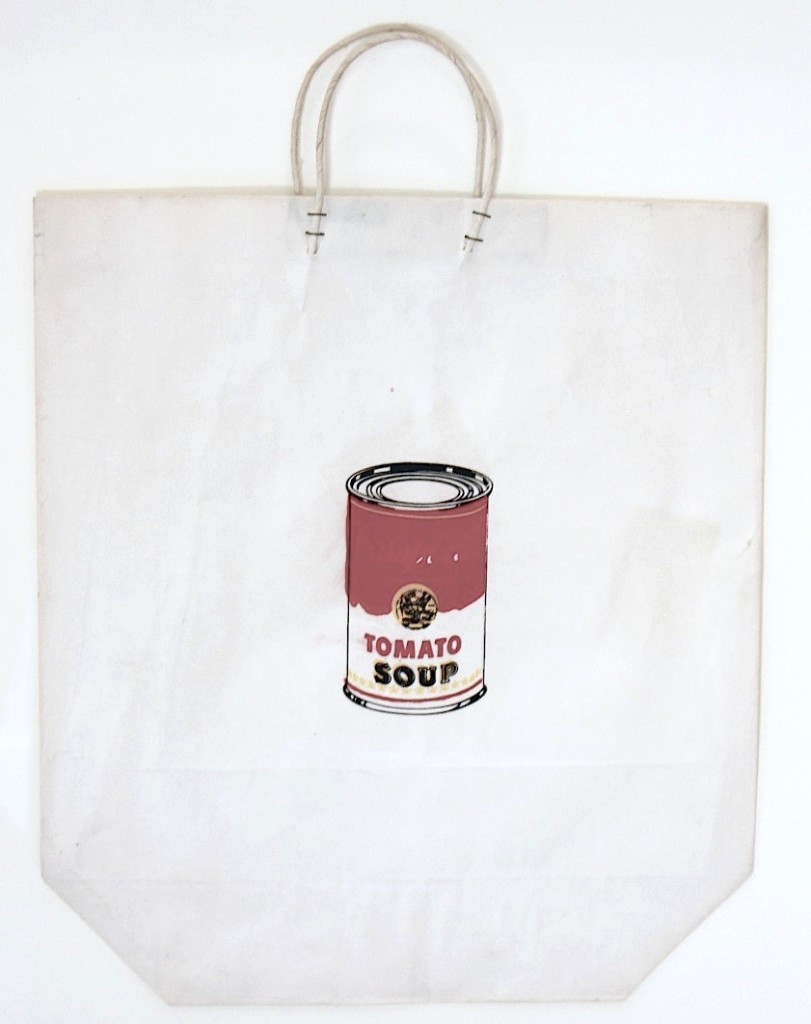
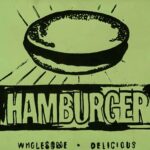 Hamburger
Hamburger
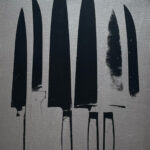 Knives
Knives
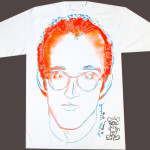 Portrait of Keith Haring and Andy Mouse
Portrait of Keith Haring and Andy Mouse
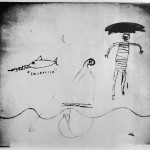 Untitled (Tre Amici)
Untitled (Tre Amici)
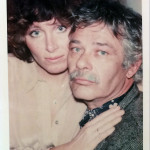 John and Lorraine Chamberlain
John and Lorraine Chamberlain
 Keith Haring and Martin Burgoyne
Keith Haring and Martin Burgoyne
 Box of Chocolates
Box of Chocolates
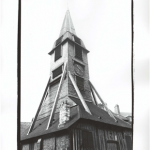 Bavaria
Bavaria
 Snow
Snow
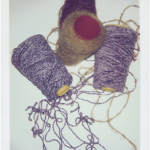 Filpucci Yarn
Filpucci Yarn
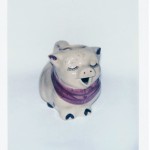 Cookie Jar
Cookie Jar
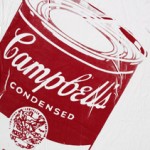 Campbell Soup Can
Campbell Soup Can
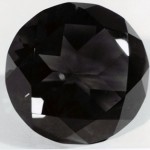 Gem
Gem
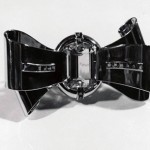 Gem
Gem
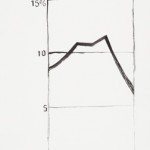 Medical Inflation
Medical Inflation
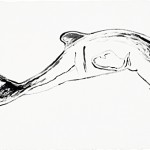 Plata River Dolphin, from Vanishing Animals
Plata River Dolphin, from Vanishing Animals
 Galapagos Tortoise, from Vanishing Animals
Galapagos Tortoise, from Vanishing Animals
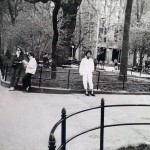 Jean- Michel Basquiat and Susan Sarandon in Washington Park
Jean- Michel Basquiat and Susan Sarandon in Washington Park
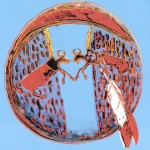 Plains Indian Shield
Plains Indian Shield
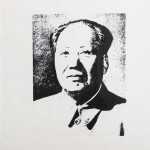 Mao
Mao
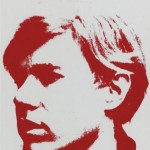 Self Portrait
Self Portrait
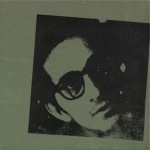 Frank Stella
Frank Stella
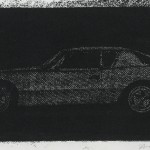 Avanti
Avanti
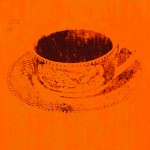 Cup of Coffee
Cup of Coffee
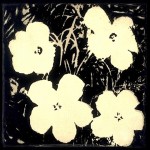 Flowers
Flowers
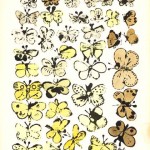 Butterflies
Butterflies
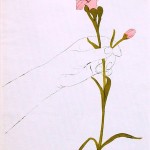 Hand with Carnation
Hand with Carnation
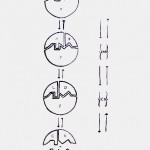 Physiological Diagram (2)
Physiological Diagram (2)
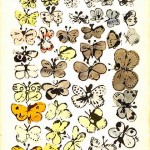 Butterflies
Butterflies
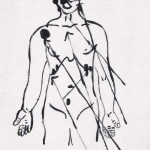 Physiological Diagram (1)
Physiological Diagram (1)
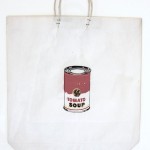 Campbell Soup Can Bag
Campbell Soup Can Bag
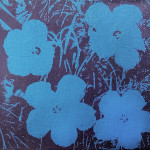 Flowers
Flowers